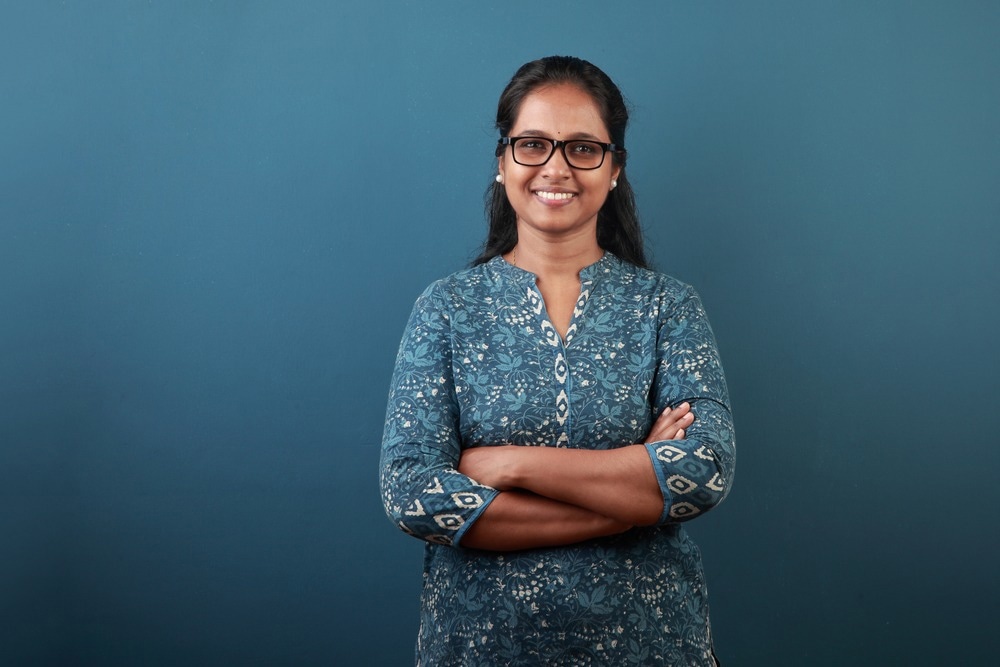A study published in Scientific Reports explored the triggers of premature and early menopause in India based on the 2019–2021 National Family Health Survey. There were 96 million women over the age of 45 in India in 2011, a number that is expected to increase to more than 400 million by 2026.
 Study: Exploring the triggers of premature and early menopause in India: a comprehensive analysis based on National Family Health Survey, 2019–2021. Image Credit: AJP/Shutterstock.com
Study: Exploring the triggers of premature and early menopause in India: a comprehensive analysis based on National Family Health Survey, 2019–2021. Image Credit: AJP/Shutterstock.com
Background
Biologists have hypothesized that the natural age for women to experience menopause, defined as ovarian failure, is between the ages of 45 and 50, during which individuals transition to a post-reproductive stage of their lives. Reaching menopause before the age of 40 is considered to be premature, while menopause before the age of 45 is considered early menopause.
Estimating the prevalence of premature and early menopause and identifying risk factors associated with them can enable public health professionals and policymakers to design appropriate policy interventions and ensure the preparedness of health systems to meet the needs of this population.
About the study
In addition to calculating prevalence, researchers in this study hypothesized that lifestyle behaviors, medical histories, and demographic and socioeconomic factors would modify the risk of premature and early menopause. The data used for the analysis came from the fifth round of the Indian National Family Health Survey (NFHS), which included 724,115 female respondents.
After excluding women who were pregnant or lactating during the survey, as well as those who had experienced surgical menopause, the final sample included 429,446 women who had experienced premature menopause and 79,643 women who had experienced early menopause. Women were categorized as menopausal if they had not had a menstrual cycle for a year or more.
Socioeconomic and demographic factors included education, case, religion, place of residence, household wealth index, working status, marital status, and geographical region. Lifestyle behaviors included consumption of tobacco and alcohol as well as unhealthy dietary patterns (specifically high intake of aerated drinks and fried foods). Anthropometric data was used to assess body mass index (BMI) and anemia status.
Hazard ratios were calculated from this data to assess how the risk of early or premature menopause changed for women in different demographic, socioeconomic, and other categories.
Findings
The prevalence analysis suggested that 2.23% of women between the ages of 15 and 39 experienced premature menopause, while 16.2% of women between the ages of 40 to 44 experienced early menopause. The majority of women experiencing early and premature menopause resided in rural areas (66%), and 15 to 40% of these women had received no education. Nearly 40% were poor, most were married, and more than 60% had delivered their first child when they were between 18 and 24 years old.
Time trends indicated that the prevalence of premature menopause showed gradual decreases over time; premature menopause peaked in 1998-1999 (3.4%) before declining or remaining stable in subsequent waves. Conversely, early menopause, which showed a prevalence of 21% in the 1990s, fluctuated over time.
Bivariate analyses showed that rural, employed women, those with low education, those with low household wealth, and those belonging to the ‘other backward classes’ (OBC) category were significantly more likely to experience premature menopause. Women in Northern and Western India were also at higher risk. Other risk factors included regular intake of fried food, alcohol use, and tobacco consumption. For early menopause, bivariate analysis identified similar risk factors.
Survival models suggested that higher educational levels were protective against premature menopause, as were unemployment and high wealth. Women who reported never getting married were less likely to have premature menopause, while those who had terminated a pregnancy faced a higher risk. Other risk factors included smoking and using unhygienic menstrual methods. Women whose age at menarche was 12 or less had an increased risk of premature menopause compared to those whose age at menarche was 15 or more.
Conclusions
To summarize, the study made use of a large-scale, nationally representative population survey to assess the prevalence and drivers of premature and early menopause. The authors surmised the existence of links related to nutrition and poverty. Specifically, educational, economic, and residential vulnerabilities could intersect and lead to compounded effects on the age at menopause.
Strengths of the study include its methodological robustness and use of a nationally representative survey, which collected detailed data to assess the relative importance of various factors in early and premature menopause. The comprehensive medical histories made it straightforward to exclude women who had hysterectomies or low estrogen levels. However, the self-reported nature of menstrual data could lead to recall bias, and the cross-sectional design does not allow for causal inference.
Further study on this topic, particularly through detailed micro-studies, will strengthen the public health system and allow public health initiatives to target health and nutrition interventions for underprivileged women to address menopause-related concerns such as osteoporosis.